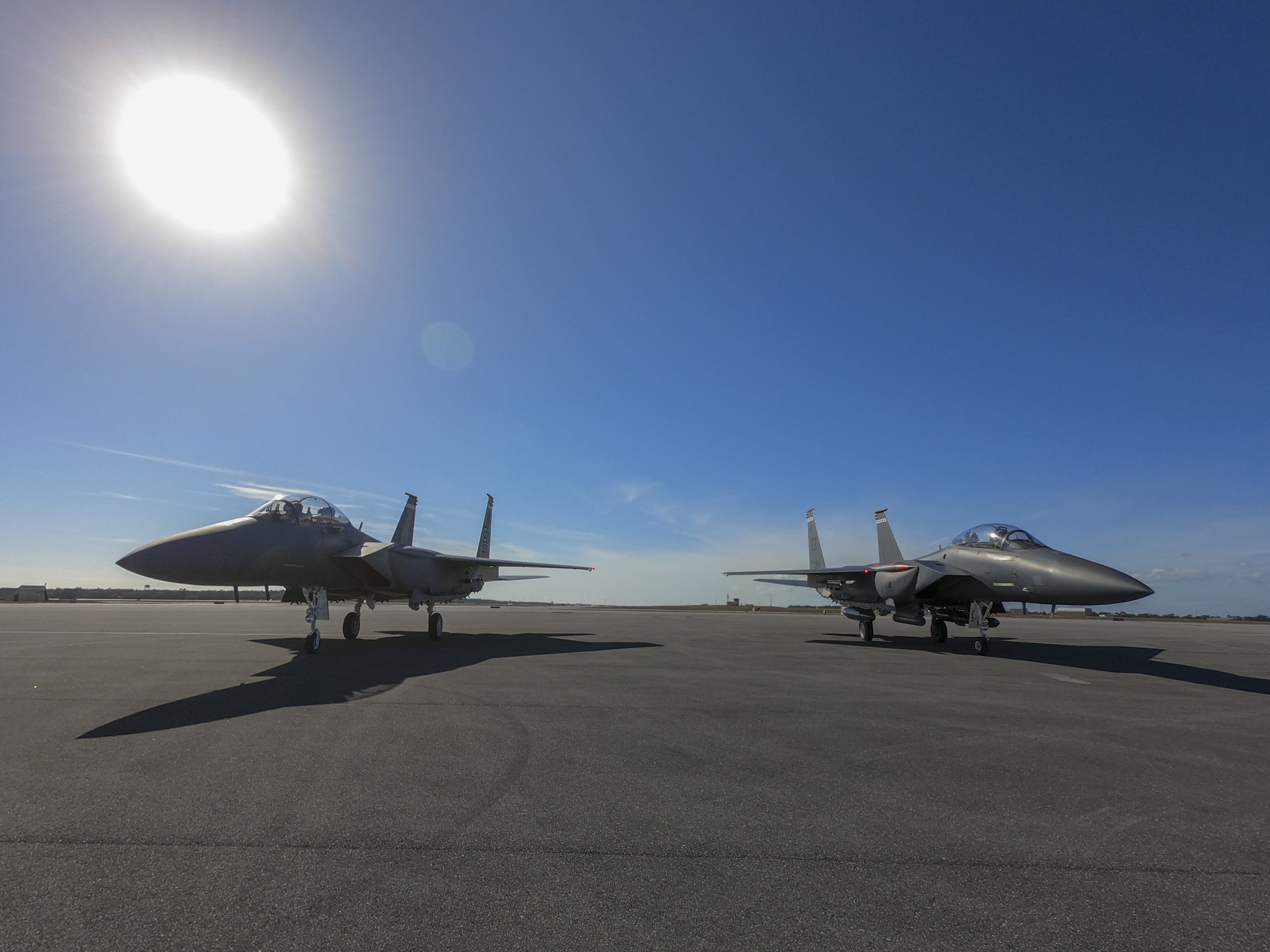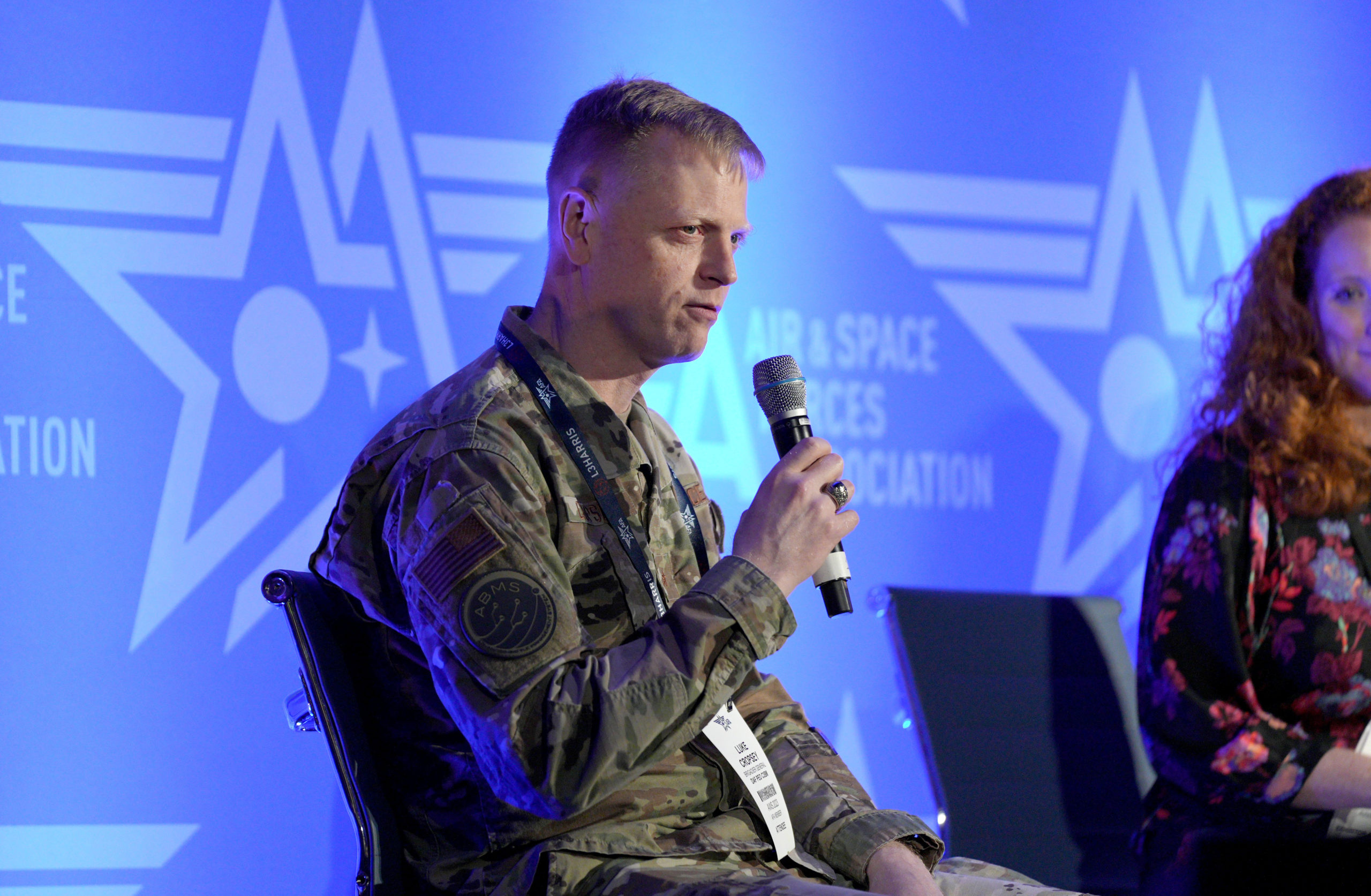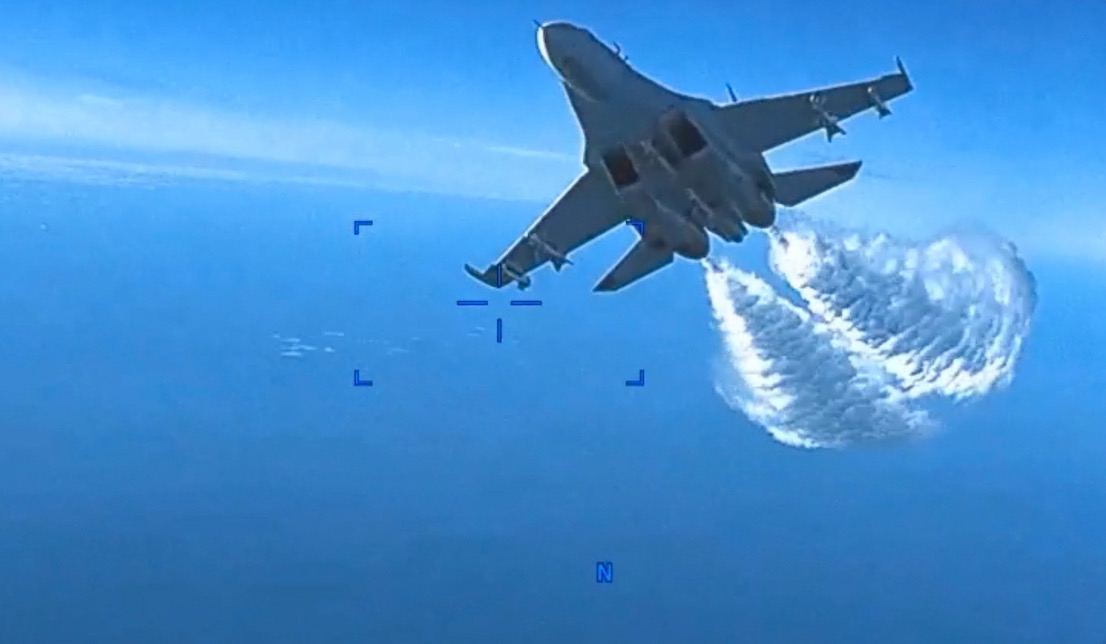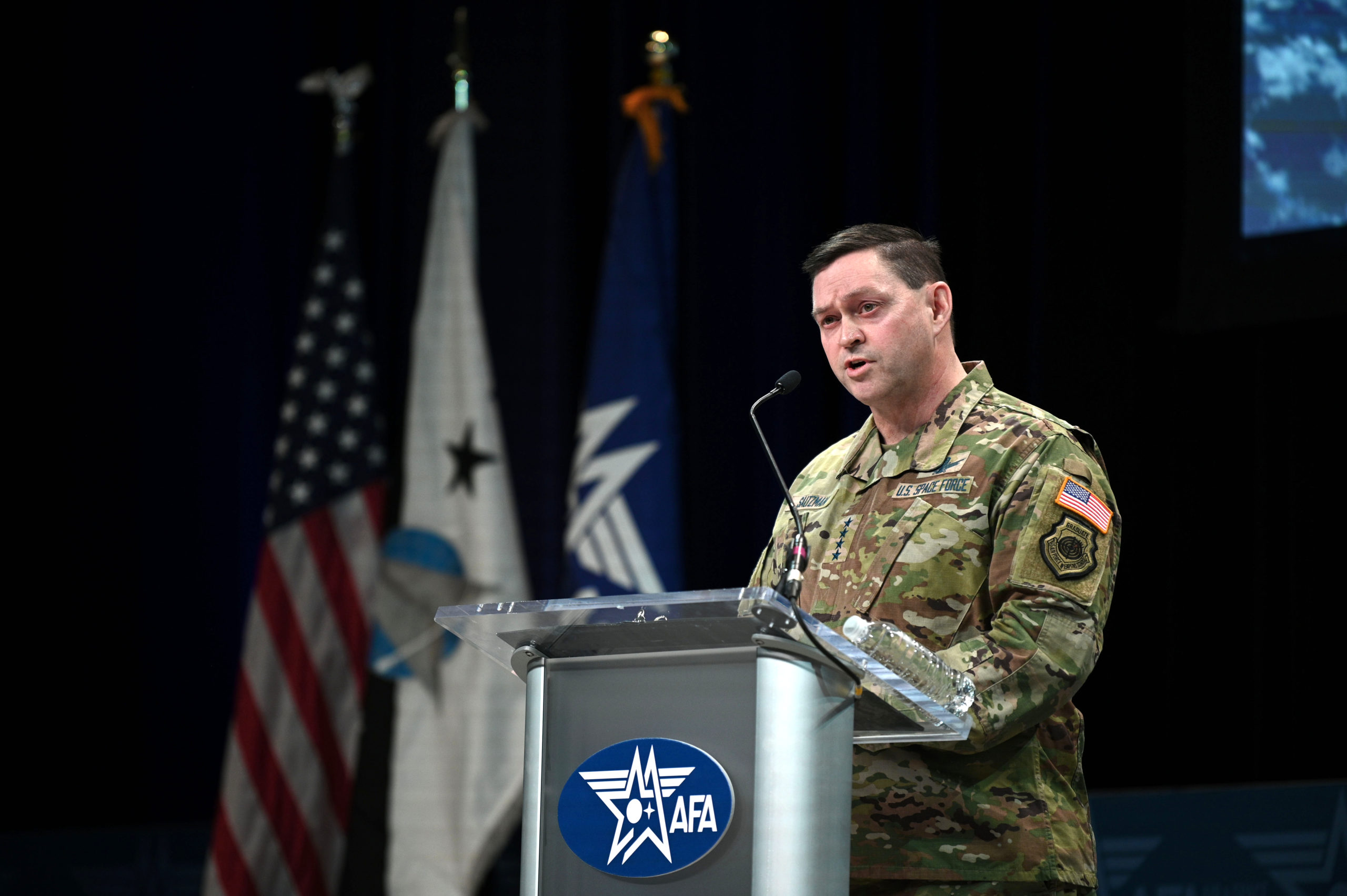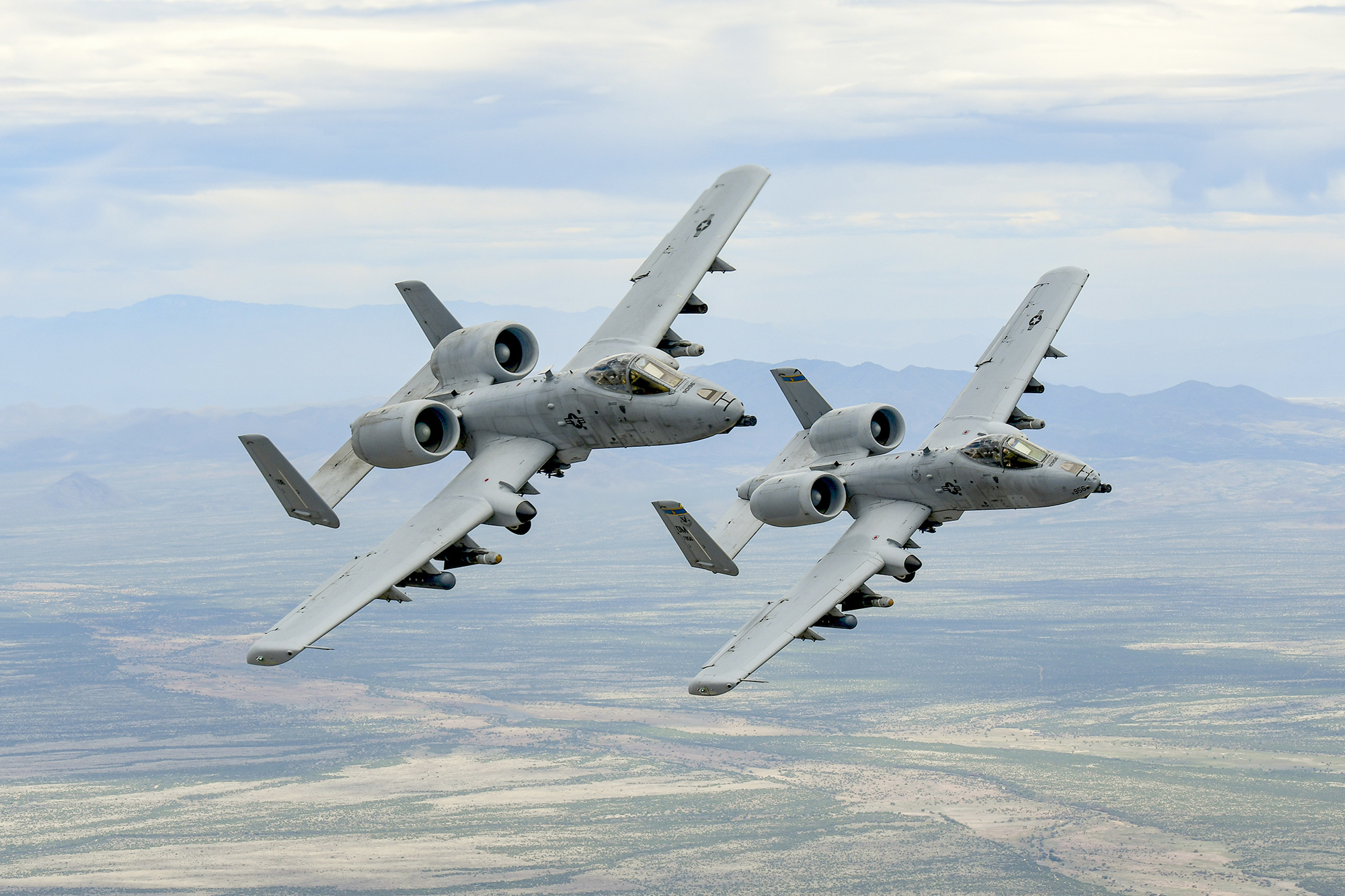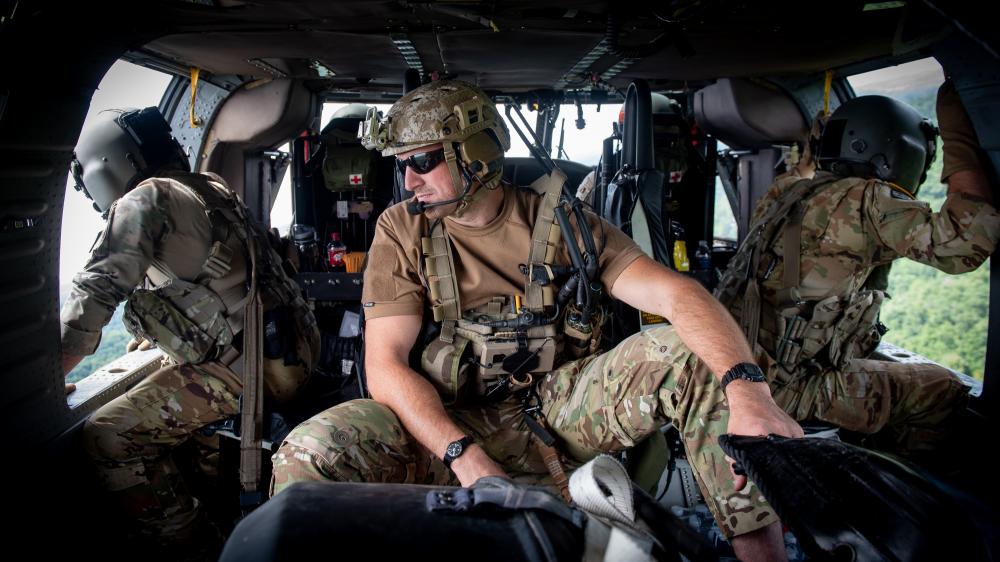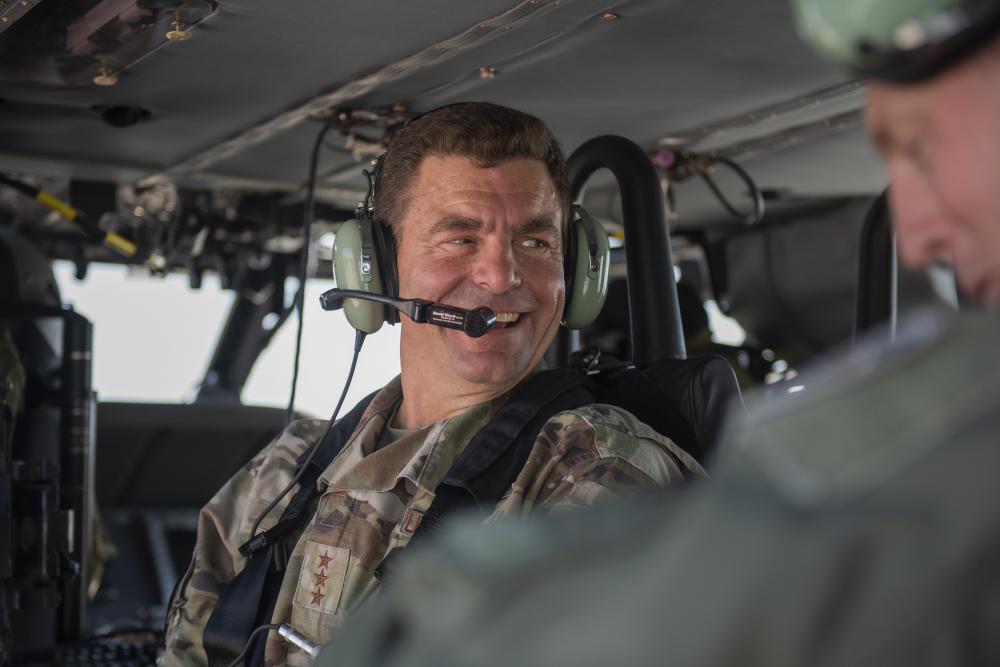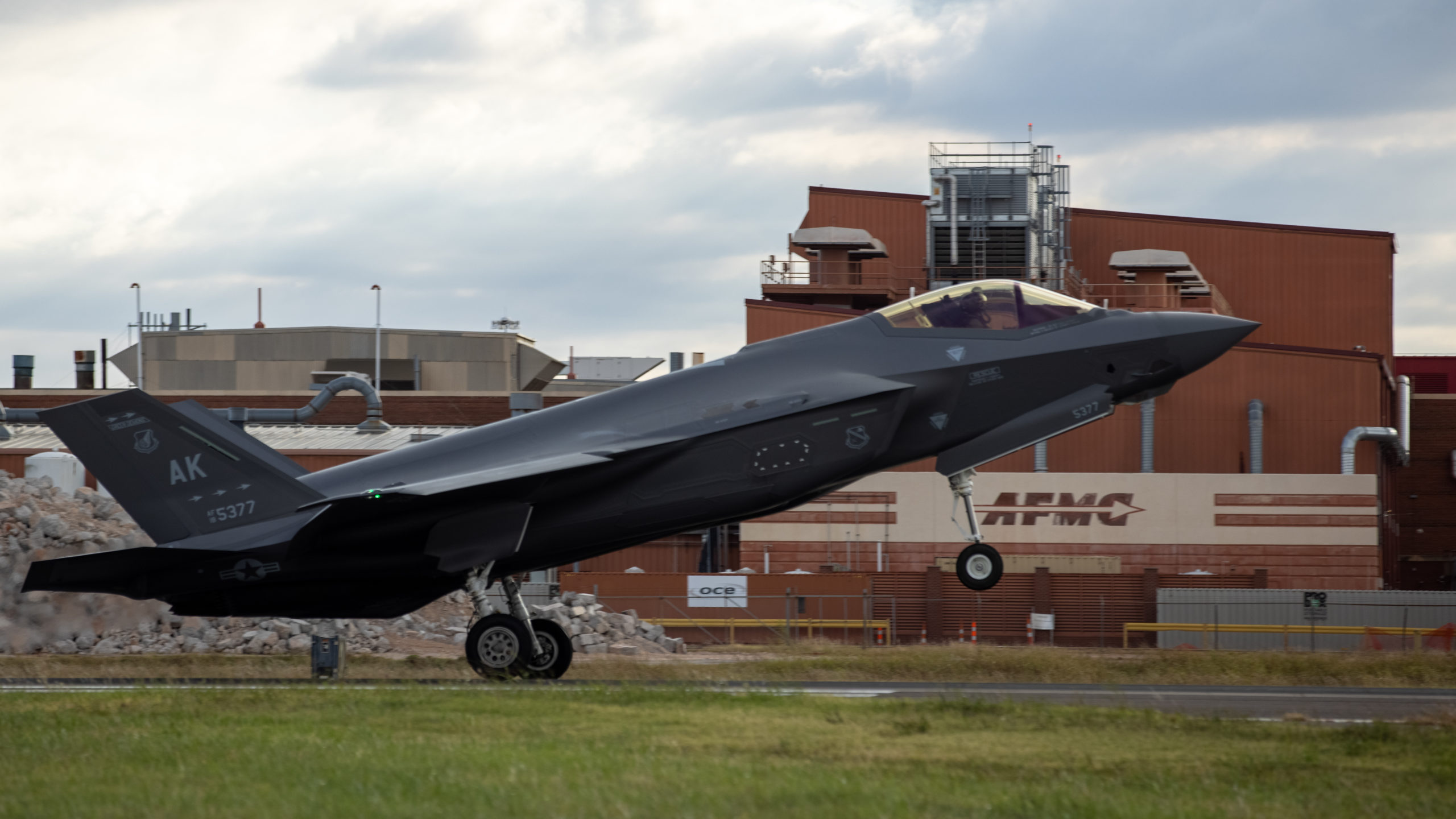If imitation is the sincerest form of flattery, the Army has a major fan-crush on the Air Force.
Air Force Secretary Frank Kendall has focused Air Force and Space Force planning and investment around seven Operational Imperatives and the approach both informed and improved the budget process, leaders say. Now Army Secretary Christine Wormuth is following suit. She detailed six operational imperatives for the Army during a fireside chat at the annual McAleese Defense Programs Conference March 15.
“In a world where China is the pacing challenge and Russia is the acute threat, the Army really has to be able to do six things,” Wormuth said. “And I’ve noticed that my good friend Secretary Frank Kendall has gotten a lot of traction talking about the Air Force’s seven Operational Imperatives. So I’m going to upgrade the Army six things to six Operational Imperatives and see if I can similarly get some traction the way Frank has.”
Wormuth’s operational imperatives are based on six requirements she’s emphasized that the Army needs to do by 2030:
- See and Sense Farther
- Mass Dispersed Forces with Combat Fist
- Win the Fires Fight
- Protect Forces from Air, Missile, Drone Threats
- Communicate and Share Data Rapidly
- Sustain the Fight Across Long Distance
Wormuth connected these six operational imperatives to the Army’s plans to field 24 key new systems by 2023.
Kendall introduced his Operational Imperatives at the 2022 AFA Warfare Symposium in Orlando, Fla. What began as talking points have expanded into a structured approach to sorting out priorities.
“My highest personal goal has been to instill a sense of urgency about our efforts to modernize and to ensure that we improve our operational posture relative to our pacing challenge, China, China, China,” Kendall said at the time. “The most important thing we owe our Airmen and Guardians are the resources they need, and the systems and equipment they need, to perform their missions. To achieve this goal, I’ve commissioned work on seven operational imperatives. These imperatives are just that; if we don’t get them right, we will have unacceptable operational risk.”
Kendall’s seven OIs are:
- Space Order of Battle
- Operationally-Focused Advanced Battle Management Systems
- Moving Target Engagement
- Tactical Air Dominance
- Resilient Basing
- Global Strike
- Readiness to Deploy and Fight
Since he first detailed them, Air Force and Space Force leaders have seized on the structure and focus of the seven as a means to prioritize focus and investment, using them and citing them as guiding principles. At the 2023 AFA Warfare Symposium in Aurora, Colo., Kendall said the OIs played a fundamental role in informing and shaping the fiscal 2024 budget request the Air Force recently released.
“As a result of our work on the DAF operational imperatives, we will be requesting close to 20 new or significantly enhanced efforts,” Kendall said in his keynote address.
The department may yet come out with even more OIs, Air Force acquisition executive Andrew Hunter said last summer.
To learn more and stay up to date on the latest news regarding the Air Force’s OIs, visit Air & Space Forces Magazine’s Operational Imperatives resource center.

